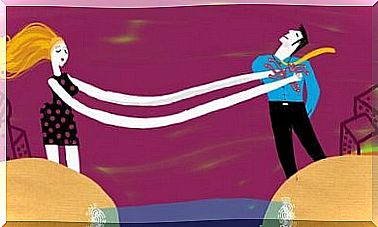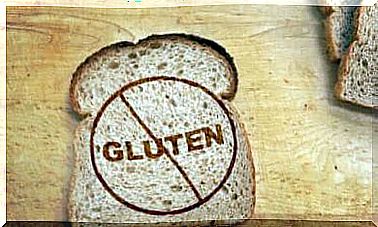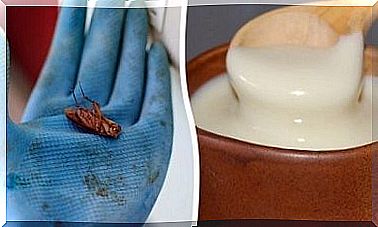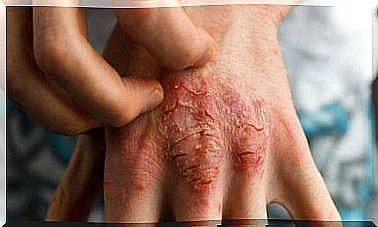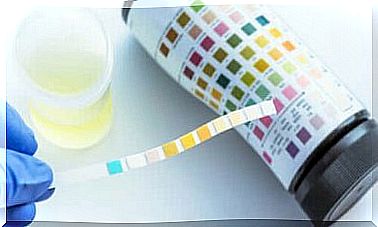Hair Loss In Childhood: Causes And Types
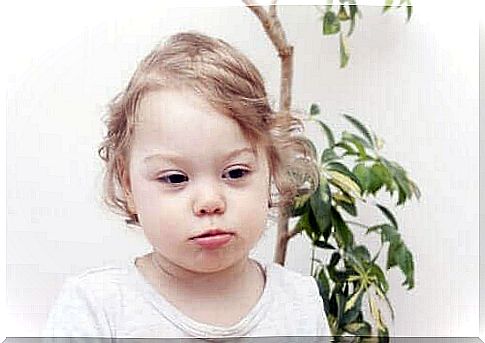
Hair loss in childhood is extreme hair loss, which can occur in children under 12 years of age. First, the problem tends to go unnoticed because many parents perceive hair loss as a normal symptom during the growth period.
In some cases, though, it can be quite remarkable. This is especially the case because the volume of a child’s hair decreases and bald spots can even occur. What are the causes of hair loss in childhood? How is it classified? In this article, we will tell you about the most relevant aspects of this disorder.
What are the causes of hair loss in childhood?
According to information published in the American Hair Loss Association , 3% of visits to the pediatrician in countries such as the United States involve consultations on childhood hair loss.
For many parents, the problem causes great concern. It is not only because of its relationship to health problems but also because of the emotional impact on the children.
In most cases, the problem is fortunately temporary and tends to resolve itself with appropriate professional intervention. In order to determine this correct treatment, however, it is important to make a diagnosis first. In other words, a specialist must establish the cause of the hair loss as well as the type.
In many cases , hair loss in childhood is the result of infectious processes in the scalp or genetic factors. However, there are other possible causes that can explain hair loss in children. These include the following:
- Diseases – including hypothyroidism, lupus and cancer.
- Changes in metabolism.
- Nutritional deficits (eg lack of zinc and iron).
- Children pull at their hair.
- Emotional causes (parental divorce, bullying, anxiety, etc.).
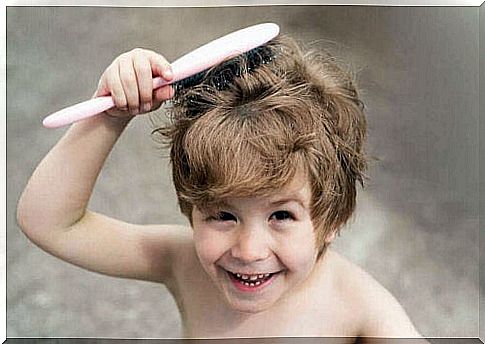
Hair loss in childhood can be the result of illness, nutritional deficits or stress.
What types of childhood hair loss are there?
Childhood hair loss is divided into two categories: scarring hair loss and non-scarring hair loss. In the first category , there is damage to the hair follicles, which causes a permanent and non-reversible effect. On the other hand, the effects of hair loss without scars are reversible. What are the different types of hair loss in childhood?
Hair loss on the back of the head
As explained in an article published in the Annals of Dermatology , hair loss on the back of the head can occur in the first months after birth due to a development in the hair follicle cycle, which takes place during pregnancy and in the postpartum period.
From the 20th week of pregnancy, the scalp already has hair follicles, which are in the developmental stage. As the months go by, these hair follicles go into the stage where they fall out. It is at birth that one can see a sudden loss of hair. In this case, treatment is not necessary as the hair will reappear on its own in the area.
Congenital triangular hair loss
Triangular hair loss begins in the uterus. It is characterized by the presence of a triangular spot which has no hair. The stain typically appears on one side of the head and does not spread to other areas. This type of hair loss in childhood is permanent. In other words, there is no treatment.
Telogen and anagen effluvium
Children who have this type of problem suffer from hair loss in large quantities. In general, the loss occurs in connection with the following disorders:
- Endocrine diseases.
- Chronic diseases.
- Nutritional deficits.
- Chemotherapy.
- Drugs.
- Surgical procedures.
- Intense fever.
- Vaccination.
Treatment involves diagnosing the underlying cause and resolving the problem. Telogen and anagen effluvium are the most common variations of diffuse hair loss in childhood.
Spot baldness
It is a chronic inflammatory process that originates in the immune system. Hair falls out on its own due to a sudden stop in the hair follicles in certain areas, whatever it is on the head or body (such as arms or legs).
In general, baldness occurs before the age of twenty and can be treated. The primary causes are emotional tension or moments of intense stress. It could be, for example, exam periods, some form of emotional or physical abuse, or parental divorce.
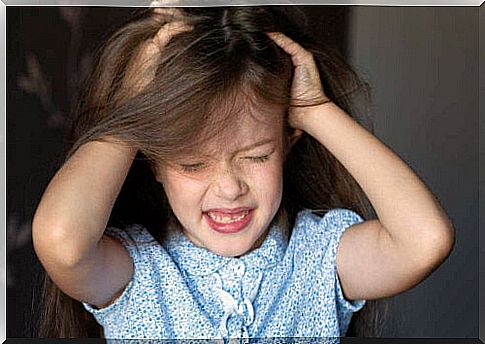
Baldness can be a consequence of emotional trauma in childhood.
Hair loss in childhood as a result of pulling in the hair
Ponytails, braids and tight setups can cause hair loss in childhood. It comes from the constant pulling of the hair in certain areas. In some cases, it may be irreversible. It is therefore important to avoid straining the hair and letting it hang loose and relaxed.
Hair loss due to trichotillomania
As a result of severe cases of anxiety, children may tend to tug at their hair, leading to hair loss. The treatment consists of psychological attention with the goal of discovering what is causing the problem. It is considered a nervous tics and is more frequent in the neck and forehead.
Hair loss due to ringworm
In this case, hair loss is caused by the presence of fungus and involves the occurrence of localized hair loss. Ringworm can also be spread by direct contact between children. It is, for example, in the nursery or school or due to having shared a hairbrush or towel.
It is important to avoid the use of home remedies. Instead, a dermatologist should be the one to indicate the appropriate treatment.
Hair loss as a result of cancer treatments
This type of hair loss occurs not only on the head but also the face and body. It is best to avoid remedies and wait for the cancer treatment to end for the hair to return.
Hair loss in childhood: What else do you need to know about it?
In general , each type of hair loss is more frequent in certain age groups.
- Hair loss on the back of the head and triangular hair loss are more common among babies and young children.
- Telogen and anagen effluvium, trichotillomania, tumors, ringworm and baldness are more common later in childhood and adolescence.
In any case , it is always best to talk to a pediatrician or dermatologist in order to get the exact diagnosis. When a professional determines the origin of hair loss, he or she will determine what is the best treatment option.
